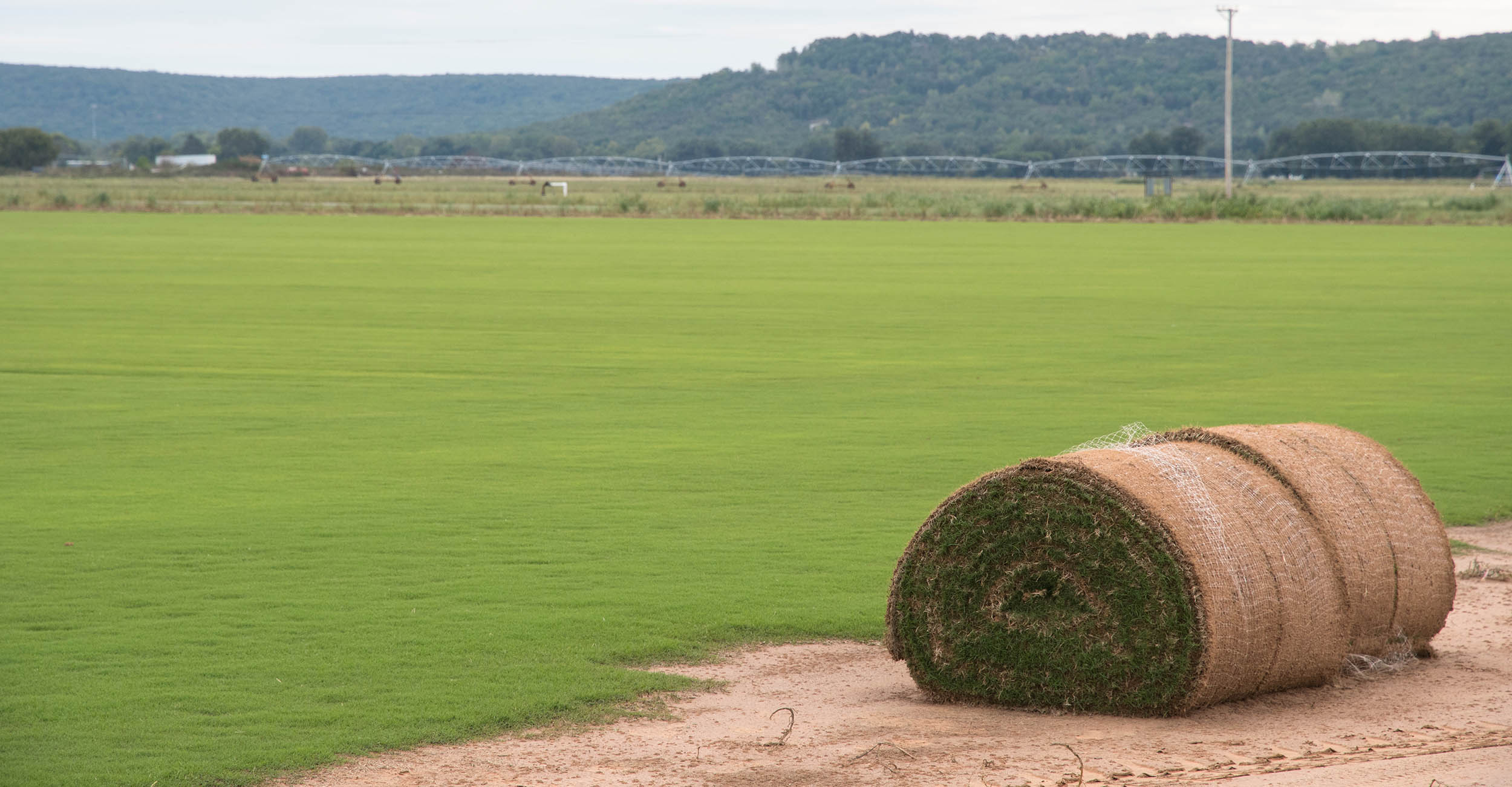
Super Bowl LVII to be played on Oklahoma State University turfgrass
Wednesday, February 8, 2023
Media Contact: Alisa Boswell-Gore | Ag Research Communications Coordinator | 405.744.7115 | alisa.gore@okstate.edu
Oklahoma State University turfgrass has scored another touchdown; this time at State Farm Stadium in Glendale, Arizona. This Sunday, Super Bowl LVII will be played there on Tahoma 31 bermudagrass, a turf variety developed by OSU researchers.
The NFL’s conference championships were also played on OSU turfgrass on Jan. 29 — the Philadelphia Eagles’ Lincoln Financial Field with Tahoma 31 turf for the NFC Championship and the Kansas City Chief’s GEHA Field at Arrowhead Stadium with NorthBridge for the AFC title game. Variety Tahoma 31 was recently installed at State Farm Stadium — home of the Arizona Cardinals — in preparation for the Super Bowl.
“Creating a good turf can create a good environment for the safety of athletic players,” said Dr. Yanqi Wu, OSU plant and soil sciences professor and breeder. “Because the players run very quickly, there is a lot of traction on the turf, so the turf needs to be very solid and dense. When players step on it, there needs to be no slipping and no divots. Tahoma 31 has a very good root system, so it holds its surface very well.”
Tahoma 31 is also a prime candidate for athletic fields because of its fine texture, darker color, high density, cold hardiness, and drought and shade tolerance. These features make the bermudagrass variety adaptable to many locations from the East Coast to the West Coast.
“It interested a few key leaders in the industry over several years, and golf course superintendents and football field managers communicate; they try products and get a feel for them, then they build trust,” said Dr. Dennis Martin, OSU Extension and research turfgrass specialist. “Once a high visibility, top-notch stadium that gets a lot of traffic has success with something, things can spread like wildfire. That’s what we’ve seen with Tahoma 31. The grass is performing, and as long as it continues to perform, I think we’ll continue to see it in those facilities.”
Nearly 85% of OSU’s research royalties are rooted in projects from OSU Agriculture. For the fiscal year 2022, royalties from OSU Ag patents accounted for $2.6 million. Turfgrass development plays a large role in achieving these royalties, advancing innovative OSU Ag Research.
The entire process for the release of a new OSU turfgrass variety — from the time of conception to commercial release — is 10 to 15 years and requires extensive greenhouse, lab and field screening as well as a testing process that can include more than 1,000 experimental plants. The turfgrass industry contributes over $40 billion per year to the U.S. economy and more than $1 billion per year to the Oklahoma economy. The ultimate goal of OSU’s turfgrass program is to improve quality and save on water usage.
“Our OSU turfgrass breeding program has a strong history for having their plant materials placed in prominent places around the U.S.,” said Dr. Scott Senseman, associate vice president of OSU Ag Research. “From Capitol Hill and Churchill Downs to the NFL Championship fields, the quality and performance of OSU turf continue to be on full display along with the commitment and talent of our faculty. To have this kind of prominence represented on a sports field surface at the Super Bowl is certainly a feather in a very impressive cap.”
The university’s two latest varieties, OKC1876 and OKC3920, are under contract and being prepared for commercial release. They will be the university’s ninth and 10th varieties released to the commercial market. OKC1876 is designed for southern state climates and OKC3920 is ideal for golf courses with improved freeze tolerance and high-quality turf traits, such as establishment characteristics, fine texture, early growth in spring, dark green color and ball roll distance.
“The German philosopher Friedrich Nietzshe gave us the lesson ‘What doesn’t kill you makes you stronger,’” said Dr. Thomas G. Coon, vice president and dean of OSU Agriculture. “Our turfgrass team applies that to new varieties of bermudagrass that they study with a focus on developing varieties that can tolerate stresses like drought, cold and trampling football cleats.
"It’s no surprise that the strong and resilient Tahoma 31, which flourishes under stresses that kill other bermudagrass varieties, is favored on so many playing surfaces.”
Story By: Alisa Boswell-Gore | alisa.gore@okstate.edu
